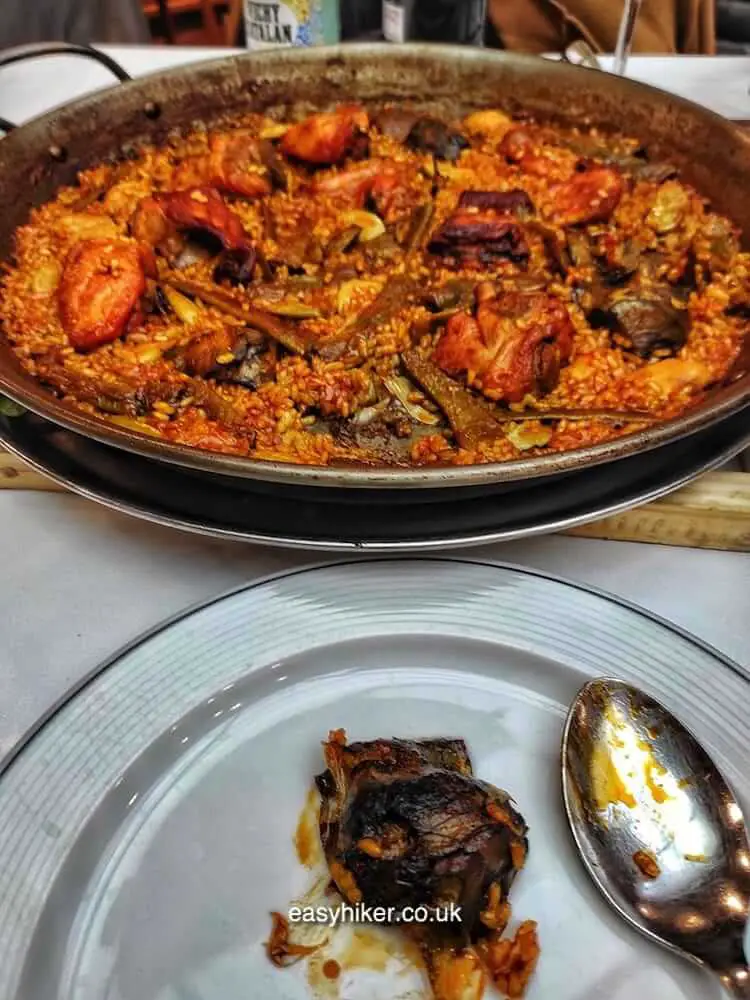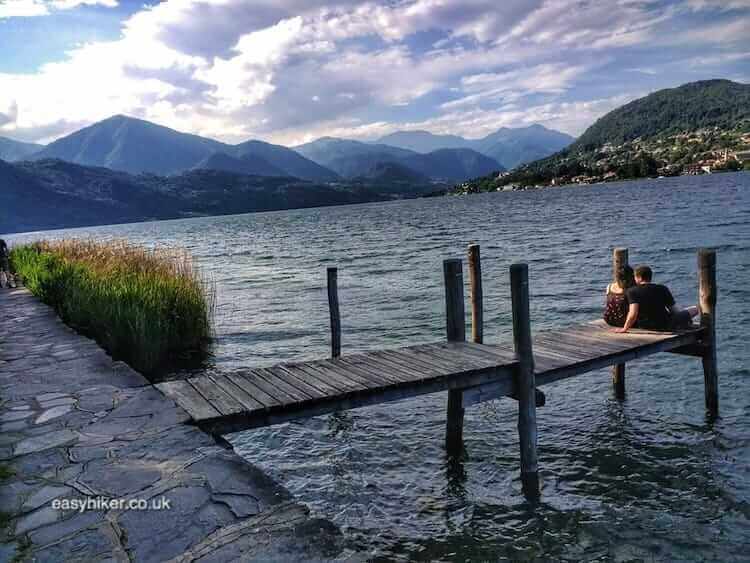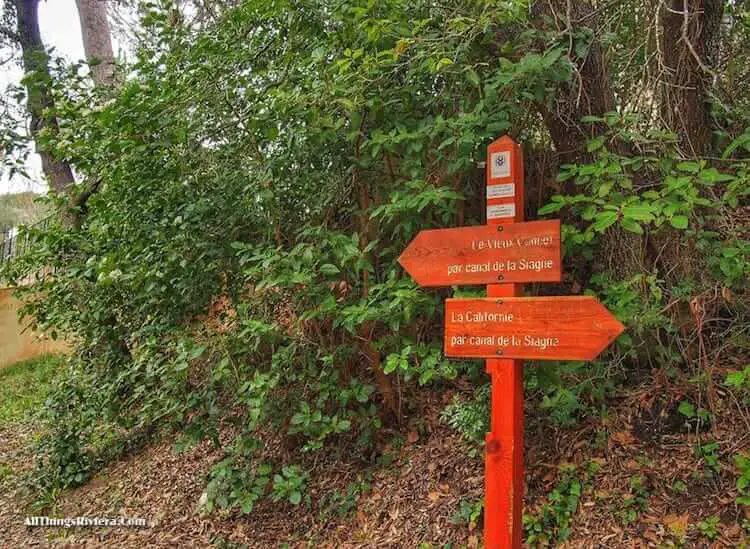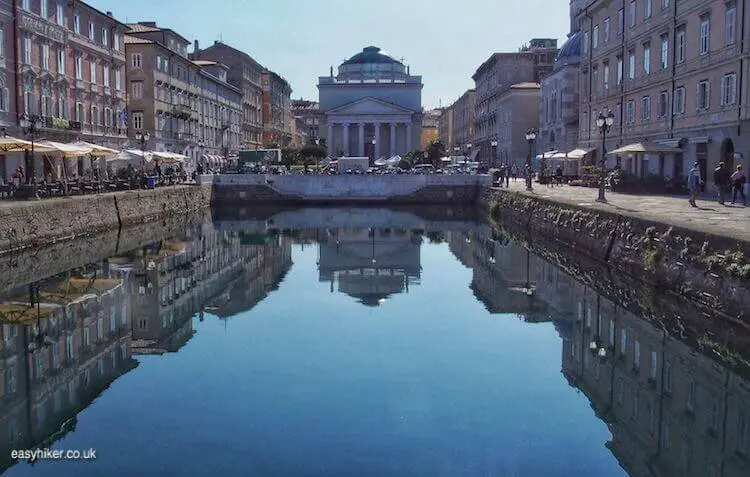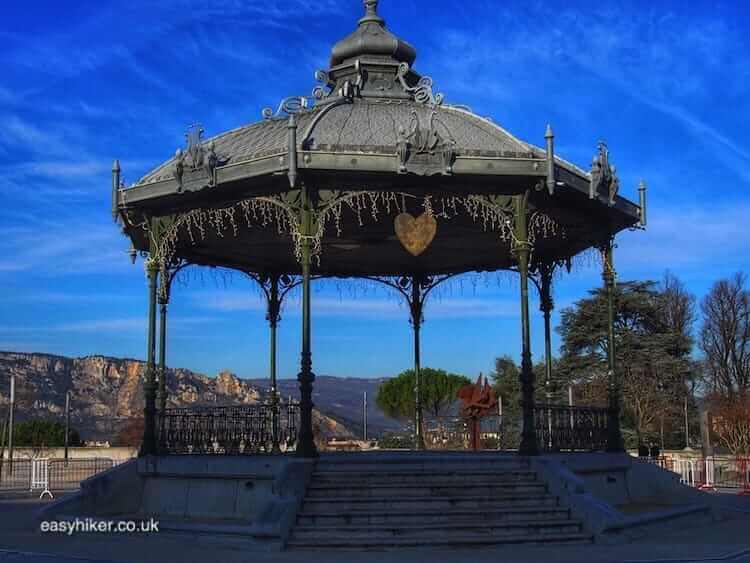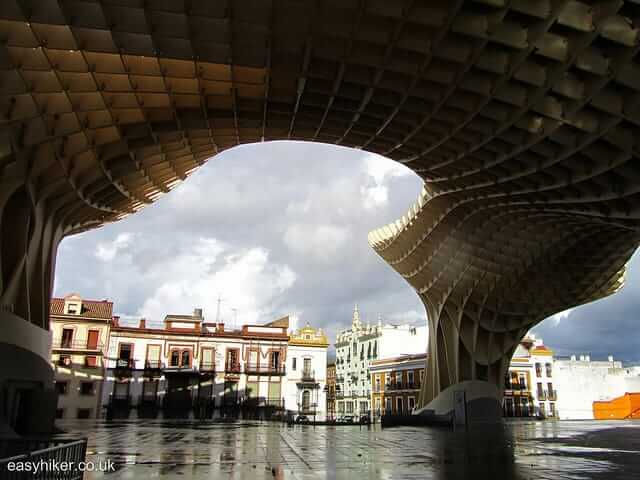Right in the middle of downtown Valencia on the city’s central square, side-by-side with the richly ornamented Church of the Santos Joanes …

… and opposite the Llotja de la Seda, the old Silk Exchange (recognized by UNESCO as a World Heritage Site), …

… you can find a building that rivals those two architectural jewels of Spain in opulence while matching them in cultural importance and beating them hands-down in terms of size.
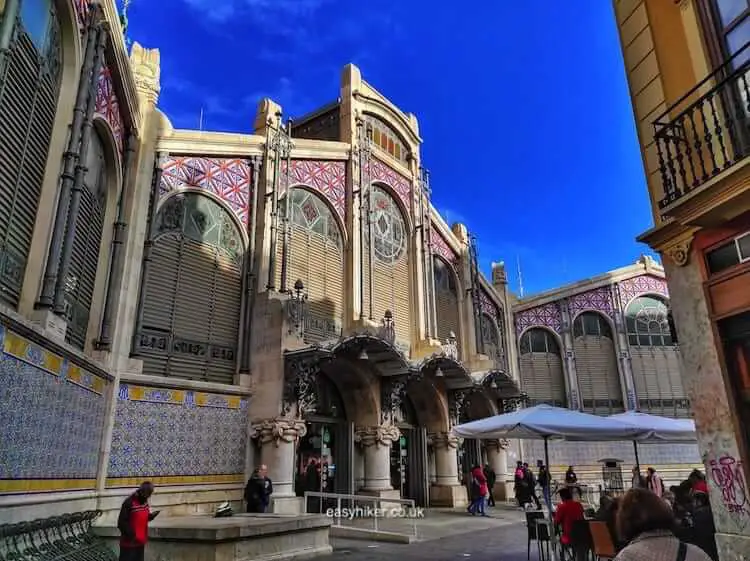
This is the Mercat Central (as they say in Valencian, the local vernacular), whose bulk and sheer scale easily dominate the town centre.
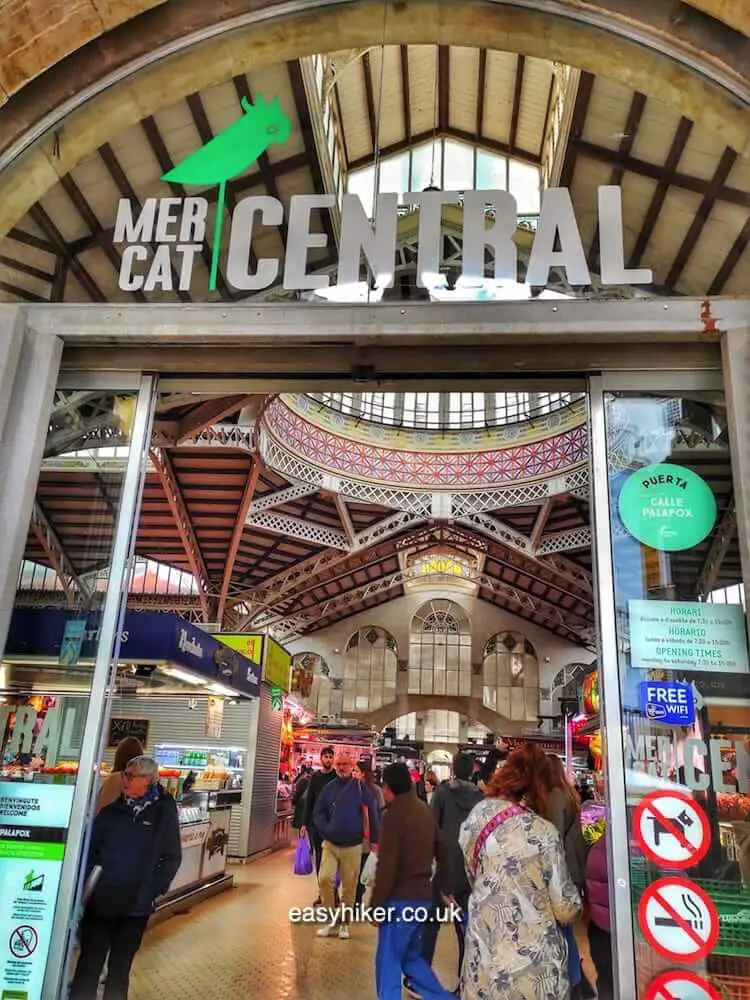
With more than 1200 individual stalls on a surface area of 8,000 square metres, The Central is the largest indoor market in Spain and, incidentally, the largest outlet for fresh produce in Europe.
It took more than ten years to complete the building(from 1914 to 1928), which, around its frame of iron and steel, …
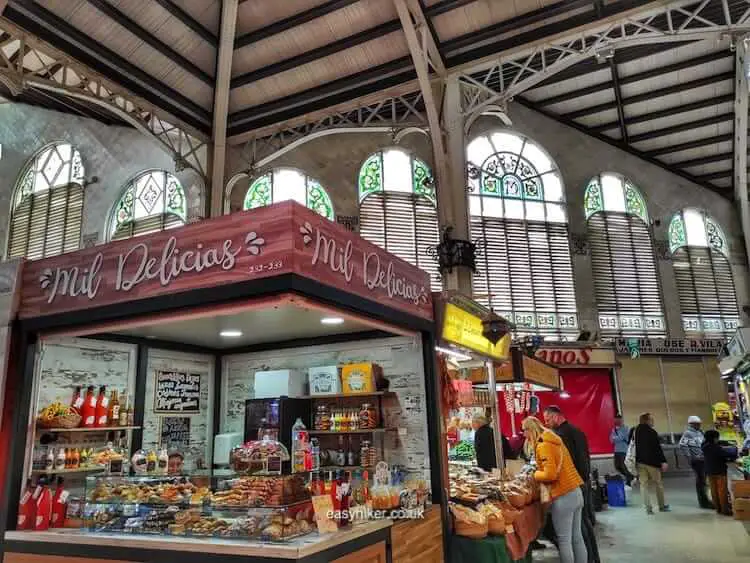
… pays extensive homage to far older – architectural and cultural – traditions through stained glass windows and a dome-shaped roof. You can see why some people have called it a “Cathedral of the Senses”.
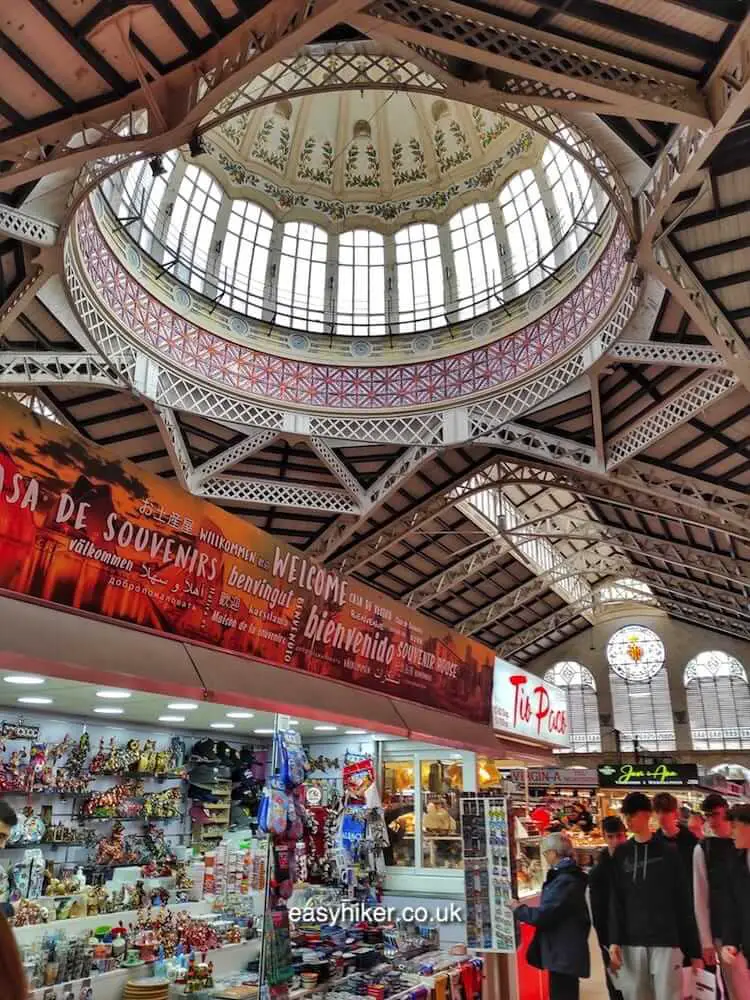
All of this is even more remarkable once you consider that the Mercat Central is only one of many similar buildings across Valencia. In fact, every quarter of the town has its own roofed market.
Go for a Walk and Compare the Mercats in Valencia
No visit of the city would be complete without sampling the sights and sounds of this key element of the local culture.
Which is why we shall today – with apologies to Aleksandr Orlov and his furry friends – go for a walk to “Compare the Mercats”.
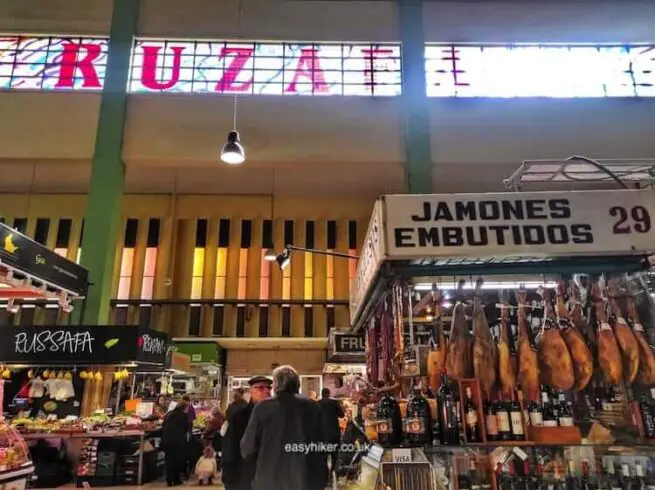
We begin in what was, for the duration of our stay, “our” part of town: the market of the Russafa quarter, located immediately to the south of the city centre (on Placo Baro de Cortes).
You can see the similarities between this building and the Central Market – after all, there are not one hundred ways of building an indoor market and structuring a network of stalls – but you can spot the differences, too.
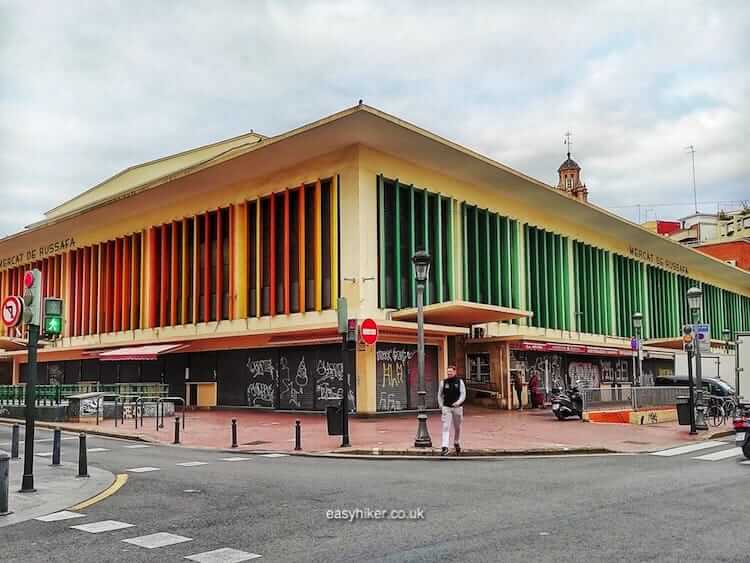
The Russafa market is clearly not out to impress. It is a functional building, made to meet the every-day grocery shopping needs of ordinary citizens. As a consequence, it does not attract many foreign visitors, although it is – with 160 stalls – the second largest indoor market in Valencia.
Another important difference is that that there are far fewer places to eat. The Mercat Central features dozens of places where you can have a meal including the Central Bar of Ricardo Camarena who also runs a two-star restaurant in the near-by Bombas Gens cultural centre.
The Russafa restaurant, meanwhile, is stashed away in the basement and offers, well, simpler fare.
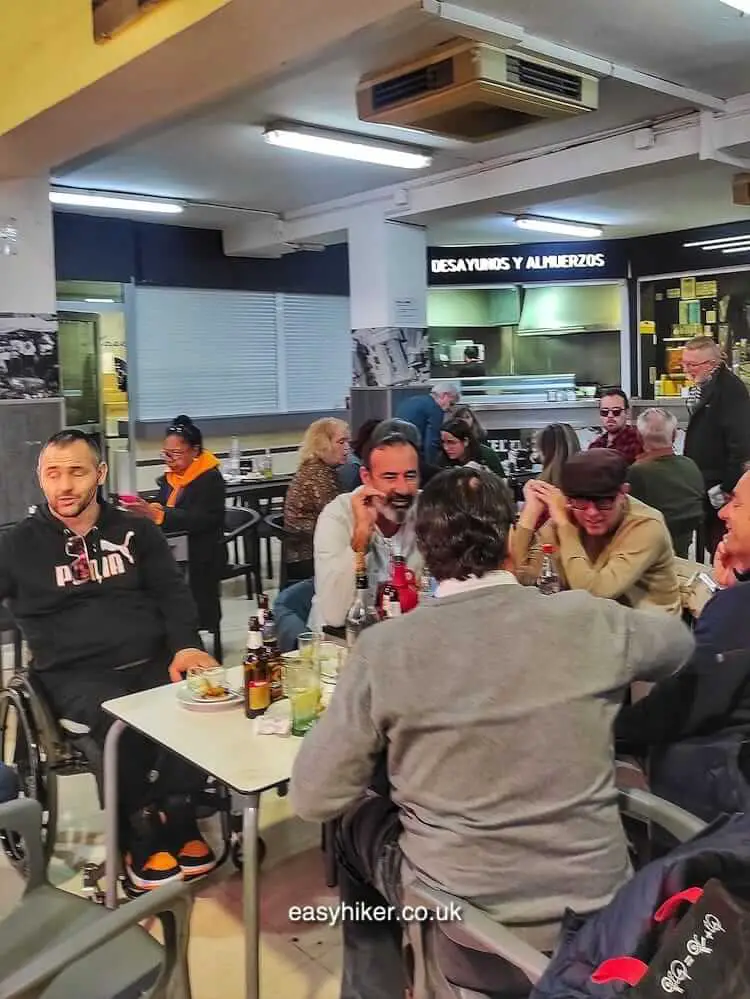
After this description, you may feel inclined to give a miss to the Russafa market and all of its cousins across town. That would be mistake.
When you are in Valencia, do search out your local market. Not only do these places have a charm of their own: they are also great for actually buying some stuff that you can take home, for yourself or as gifts for friends and family. You can often find goods of the same quality as in the Mercat Central there, only cheaper.
One important similarity between all markets in town is their opening time: they close after 2 or 3 p.m. and on Sundays. The exception is the Mercat de Colon, which only becomes truly alive after dark.
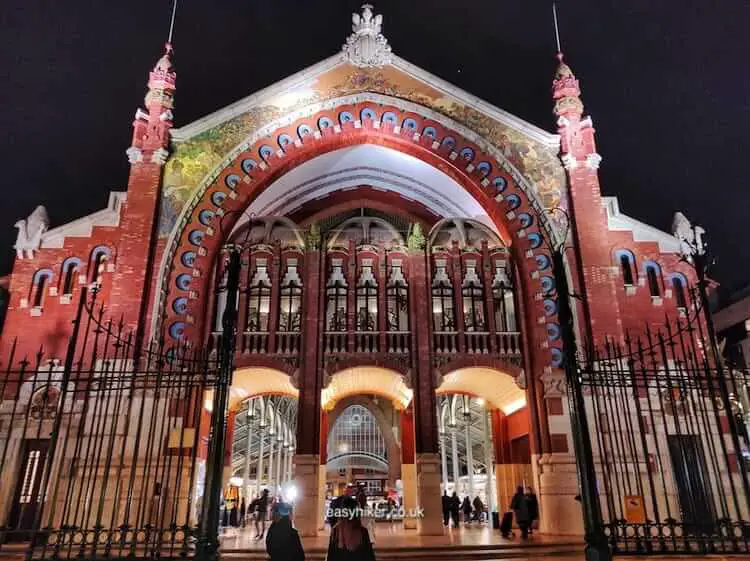
The building was originally conceived as an indoor market to serve the inhabitants of the Eixample quarter and has more than a passing resemblance to the Mercat Central – for one because it was completed in the same period (in 1916), for another because it also involved architects and artisans from the same school (the school of Catalan Modernism whose most famous exponent is Antoni Gaudì).
The market experienced commercial problems after WWII, fell into neglect and was closed in 1985. Tearing the building down, however, never seemed to be a serious option (it served as the Mayor’s office for a while).
Eventually, a generously funded rehabilitation project was set up to create a space for the 21st century “where the modernism of yesterday meets the avant-garde of today” (their words, not mine).
In 2003, the revamped market received the EU-sponsored Europa Nostra Award for initiatives to preserve Europe’s cultural heritage.
It is a place for entertainment, meals and drinks or a leisurely shopping stroll in the evening …
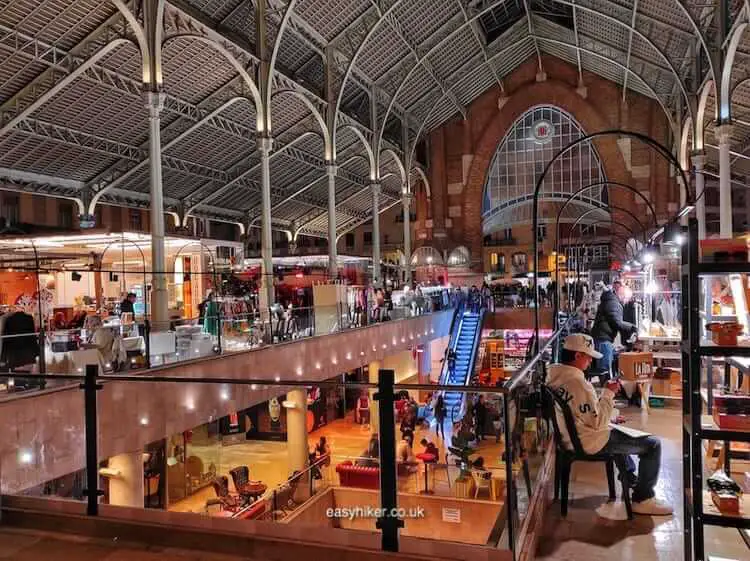
… where the selling of fresh food almost appears to be an afterthought.
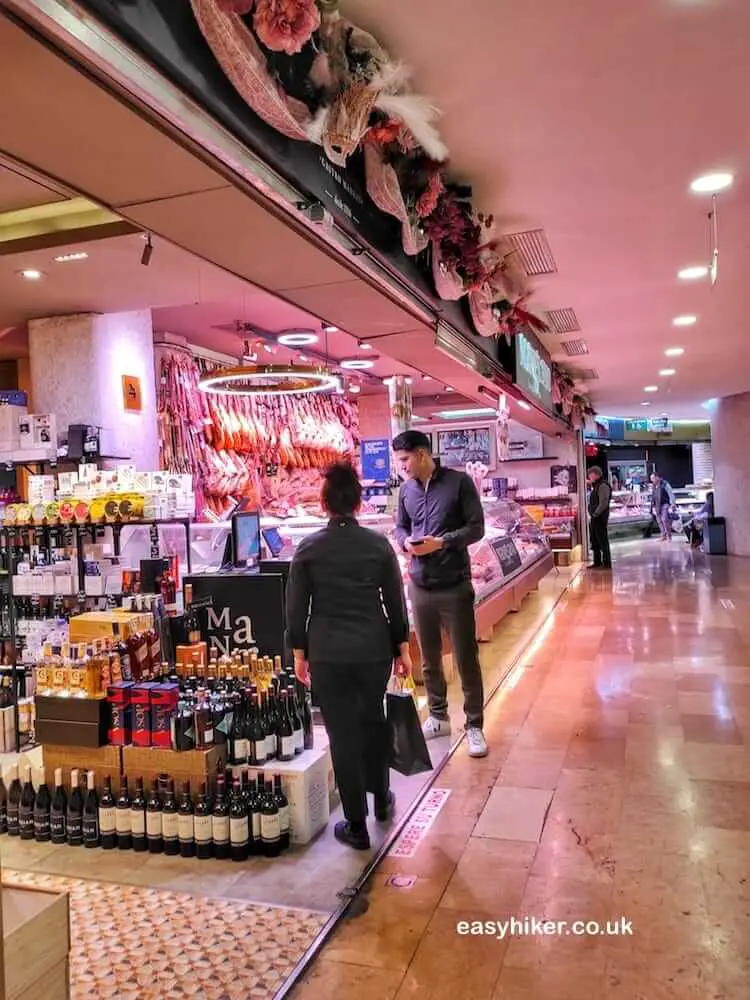
As much as it would be a pity if all markets went down this road: having one of them certainly enriches the local mercat culture.
This you have sampled today on our tour through indoor markets of various styles, while also receiving a great introduction into the wider national culture: an introduction not into what was important in the past but into what is really important today.
Seen like that, such a tour is at least as instructive (and surely as entertaining) as a tour of the Seda. It is certainly easier to combine with a meal and a drink.
Here is a tip: the Central Market is famous for its paellas, so why not seizing the chance of experiencing one element of the national culture, the rituals of purchasing food, with another, the consumption of it.
As Aleksandr Orlov would say: Simples!
